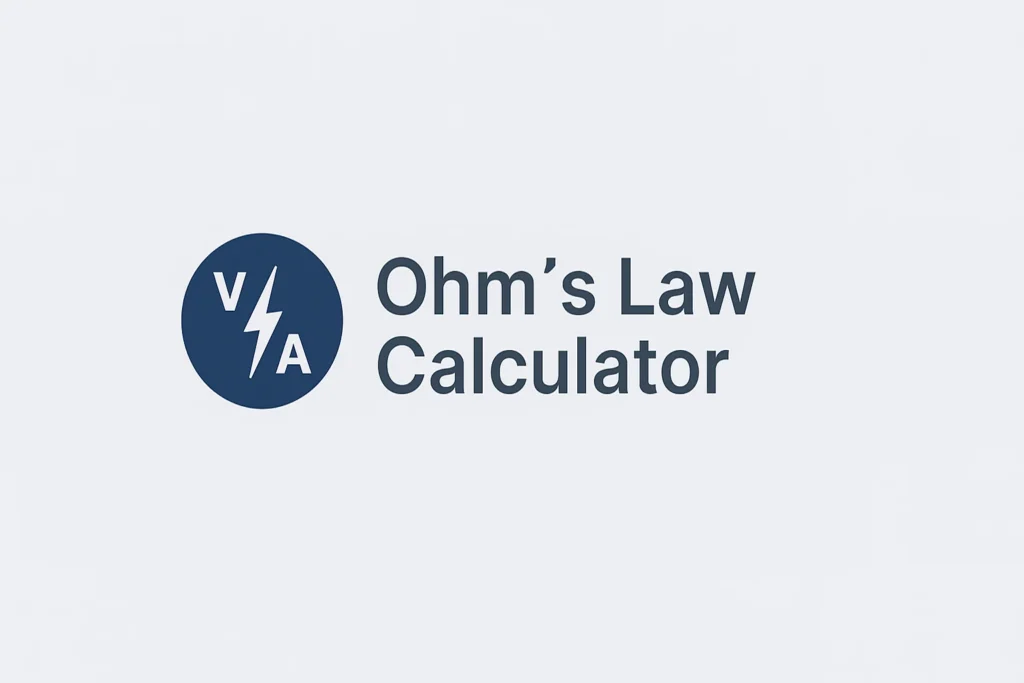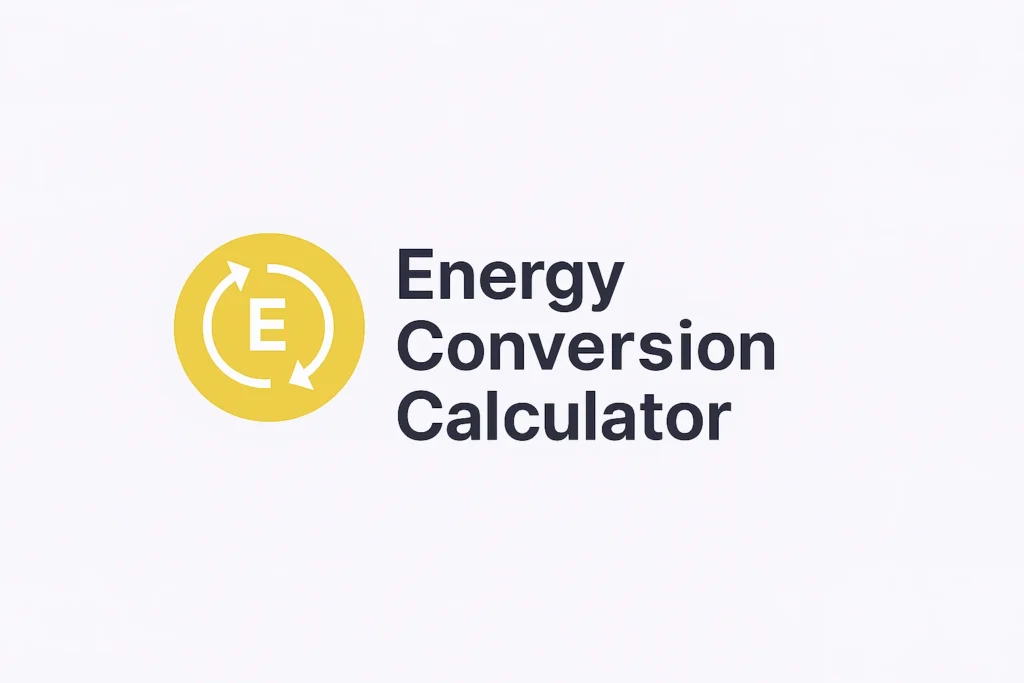Force & Mass Calculator
Understanding Force, Mass, and Acceleration
Newton’s Second Law of Motion is a cornerstone of classical mechanics. It establishes a fundamental relationship between three key concepts: force, mass, and acceleration. The formula, F = m × a, states that the force applied to an object is equal to the mass of that object multiplied by the acceleration it experiences. This law allows us to predict how an object will move when a force is applied to it, making it crucial for everything from designing buildings and vehicles to understanding planetary orbits.
Why These Concepts Matter
- Force (F): A push or pull. It is what causes an object to change its state of motion (i.e., to accelerate).
- Mass (m): The measure of an object’s inertia, or its resistance to changes in motion. The more massive an object is, the more force is required to accelerate it.
- Acceleration (a): The rate of change of velocity of an object. It can be a change in speed, direction, or both.
This calculator is an invaluable tool for students, teachers, engineers, and physics enthusiasts. It provides a quick and accurate way to solve problems and check calculations, helping to reinforce the core principles of dynamics in a practical way.
How to Use
- Choose which variable you want to calculate (Force, Mass, or Acceleration).
- Enter the other two known values in their respective fields.
- The result will be calculated automatically as you type. You can also click the Calculate button to get the result instantly.
- Use the Reset button to clear all fields and start a new calculation.





